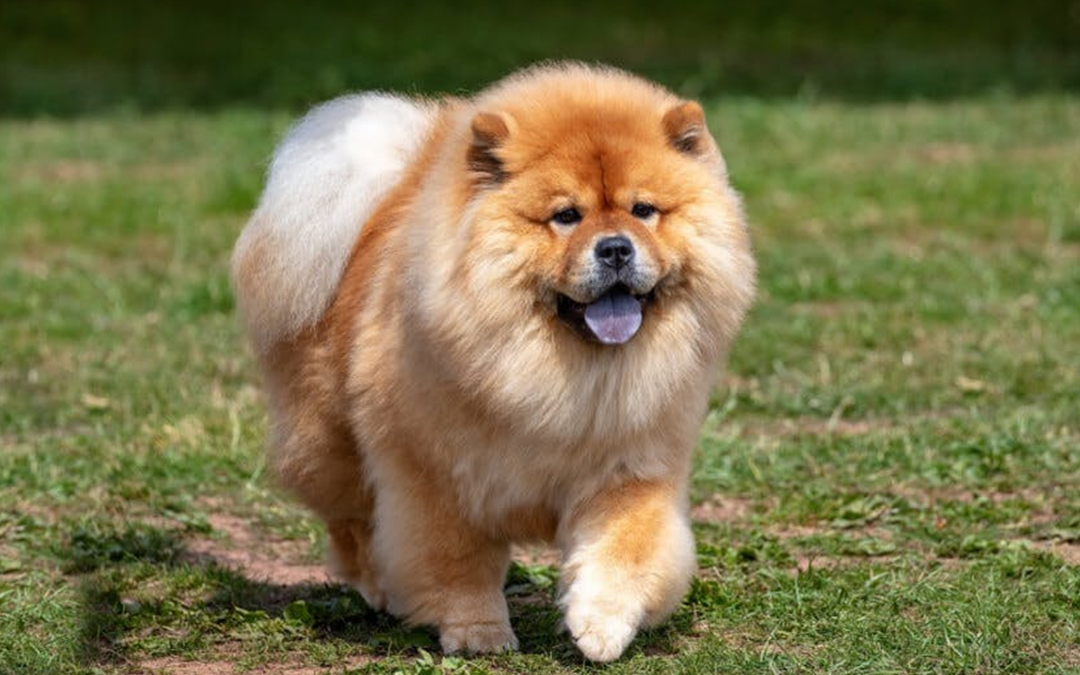If your dog has been diagnosed with an ACL (cranial cruciate ligament or CCL) injury, it can be overwhelming. The good news is that with the right care, your pet can regain mobility and live a comfortable, active life. At ModernVet, we’re here to walk you through the process of ACL surgery for dogs, covering everything from what the procedure entails to what you can expect during recovery and how to manage costs.
Understanding ACL Injuries in Dogs


What we call the ACL (anterior cruciate ligament) in humans is also known as the cranial cruciate ligament (CCL) in dogs, is a vital ligament in your dog’s knee joint, helping to stabilize the joint and prevent excessive movement between the femur and tibia. When this ligament is torn or injured, it can cause significant pain and lameness, often in the hind legs. ACL injuries can occur in several ways. Some dogs may experience them due to sudden movements, like jumping or twisting, while others may suffer from degeneration over time, particularly as they age. Some breeds are also more predisposed to ACL injuries, with larger dogs being particularly vulnerable.
Signs of a dog ACL injury typically include limping or hind leg lameness, difficulty putting weight on the affected leg, and visible swelling around the knee. If you notice these symptoms, it’s essential to consult with a veterinarian for a proper diagnosis.
When to Consider an ACL Operation for Dogs
Not all ACL injuries require surgery. In some cases, a dog with a partially torn ACL may benefit from conservative treatments like rest, physical therapy, and pain management. However, when the ACL tear is complete or if your dog’s condition isn’t improving with these treatments, surgery is often the best option for long-term relief.
There are a few different surgical procedures for treating ACL injuries in dogs. One of the most common is the Tibial Plateau Leveling Osteotomy (TPLO), which changes the angle of the tibial plateau to stabilize the knee. Another option is the Tibial Tuberosity Advancement (TTA), which moves the tibia bone to improve the function of the joint. For some cases, a Lateral Suture Technique may be used, which involves placing an artificial ligament or a stainless steel metal plate to stabilize the knee. Your veterinarian will help you choose the procedure that’s best suited for your dog based on factors like their age, size, and activity level.
How Much Does Dog ACL Surgery Cost?
ACL surgery for dogs can be expensive, with costs typically ranging between $3,000 and $7,000, depending on the type of surgery and your location. In addition to the surgery itself, there are additional costs pet owners need to consider, such as pain medications, post-operative rehabilitation, and any follow-up visits or X-rays needed to monitor your dog’s recovery.
Though the upfront cost can be significant, the benefits of surgery—such as improved mobility, reduced pain, and a return to normal activity—make it a worthwhile investment in your dog’s long-term health and well-being.
What to Expect During Recovery
The recovery process after ACL surgery can vary from dog to dog, but there are some general guidelines to keep in mind.
During the first few weeks after surgery, strict rest is essential. You’ll need to limit your dog’s movement, which may mean using a crate or restricting their access to stairs and furniture. It’s important to follow your vet’s instructions for pain management, as your dog will likely be prescribed medications to manage discomfort and reduce swelling.
As your dog begins to heal, physical therapy will play a crucial role in restoring mobility and strength to the knee. Your veterinarian may recommend exercises that gently move the knee joint and help rebuild muscle mass. This is important because dogs with ACL injuries often experience muscle atrophy in the affected leg.
Recovery doesn’t end after the first few weeks. The rehabilitation process can take several months, and during this time, you’ll need to continue monitoring your dog’s progress. This may include restricting their activity level, following a specific exercise modification routine, and adjusting their diet to prevent excess weight gain, which can put additional strain on the knee joint.
It’s also essential to keep an eye on the non-injured leg, as it will bear more weight during the recovery period. Overloading the healthy leg can lead to injury or strain.
Are There Alternatives to Surgery?
For some dogs, surgery may not be the best option. If your dog is a small breed or is unable to undergo surgery due to other health issues, there are alternatives that may help. These alternatives include using knee braces to stabilize the joint, joint supplements to support healing, and a tailored rehabilitation plan to maintain mobility. While these methods are often more appropriate for partial ACL tears or less active dogs, they can still be effective in managing pain and improving quality of life.
When to Contact a Veterinarian For a Cranial Cruciate Ligament Injury
Even after surgery, it’s important to remain vigilant during your dog’s recovery. If you notice any excessive swelling, persistent pain, or difficulty walking, it’s essential to contact your veterinarian. Complications such as meniscal tears or issues with the surgical implant can arise, and prompt treatment is necessary. At ModernVet, we provide ongoing support and specialized care for pets recovering from ACL surgery to ensure the best possible outcome.
While an ACL injury can be a significant challenge for both you and your dog, surgery can offer the opportunity for a successful recovery and improved quality of life. By following your veterinarian’s advice on pain management, physical therapy, and post-surgical care, your dog can regain strength and mobility, allowing them to enjoy their normal activities once again.
If you think your dog is experiencing an injury or chronic pain and may need an ACL operation for dogs, we’re here to help. Contact us at ModernVet today to schedule a consultation with our veterinary surgeon and discuss treatment options for your dog’s knee injury.



